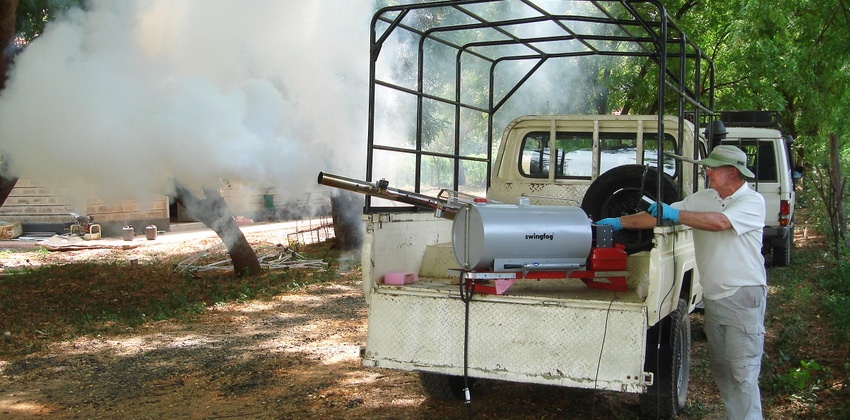
Online training and certification courses with English and Spanish subtitles are being offered to private and commercial applicators through the University of Wyoming Extension Pesticide Safety Education Program.
The courses include the Wyoming Pesticide Applicator Core Manual and the 906 Rights-of-Way Vegetation Management.
“Higher than normal use of these programs during 2020 pointed out some serious issues that needed to be addressed,” said Jeff Edwards, UW Extension Pesticide Safety Education Program coordinator. Those included the page crashing, logging off people and not generating certificates.
“Those issues have now been corrected, and the programs are back online with several upgrades,” said Edwards.
All online courses are available using this portal to WyoLearn: https://extension.catalog.instructure.com/
“There are four versions each of the core and 906 training courses offered,” said Edwards. “Be certain to enroll in the version that best fits your needs.”
Free and for-fee versions
There are free and for-fee versions of each. The for-fee versions cost $60 for the core manual and $30 for the rights-of-way courses. Individuals seeking continuing education units (CEUs) must complete the for-fee versions.
The free study guides are narrated in English and available with either English or Spanish subtitles. The free study guides provide a supplemental means of preparing for exams for private and commercial applicators, said Edwards. No certificate of completion will be generated when using the free study guides.
Online versions of the study guides are not meant to replace the published version of the manuals as all exam questions are taken directly from the published versions of the training manuals, he said.
These programs narrated in English with Spanish subtitles are provided as a consideration for individuals who use English as a second language, he said.
“Knowledge checks and practice exam questions within these programs are written in English and are not translated to Spanish as it is expected that all pesticide applicators can read, understand and follow pesticide labels,” Edwards said. “Commercial pesticide labels are only available in English. Applicator exams from the Wyoming Department of Agriculture are also only available in English.”
Private applicators preparing to take the exam will not need the information in the 906 manual, said Edwards.
Manuals are available from UW Extension Communications & Technology. Downloadable PDFs are available at http://bit.ly/wy-pesticide-training. For questions or to order print copies, contact [email protected] or 307-766-5157.
When you have completed these and read through the published manuals, please contact your local UW Extension office, and schedule an appointment to take the exam. Contact information for UW Extension offices can be found at https://www.uwyo.edu/uwe/county/
The fee core manual program provides 12 CEUs, and the 906 Rights of Way program provides six CEUs. Electronic certificates will be emailed to the students upon completion. This certificate must be forwarded to the Wyoming Department of Agriculture for CEUs to be awarded. Certificates can be emailed to the WDA at [email protected].
Source: University of Wyoming Extension, which is solely responsible for the information provided and is wholly owned by the source. Informa Business Media and all its subsidiaries are not responsible for any of the content contained in this information asset.
About the Author(s)
You May Also Like




